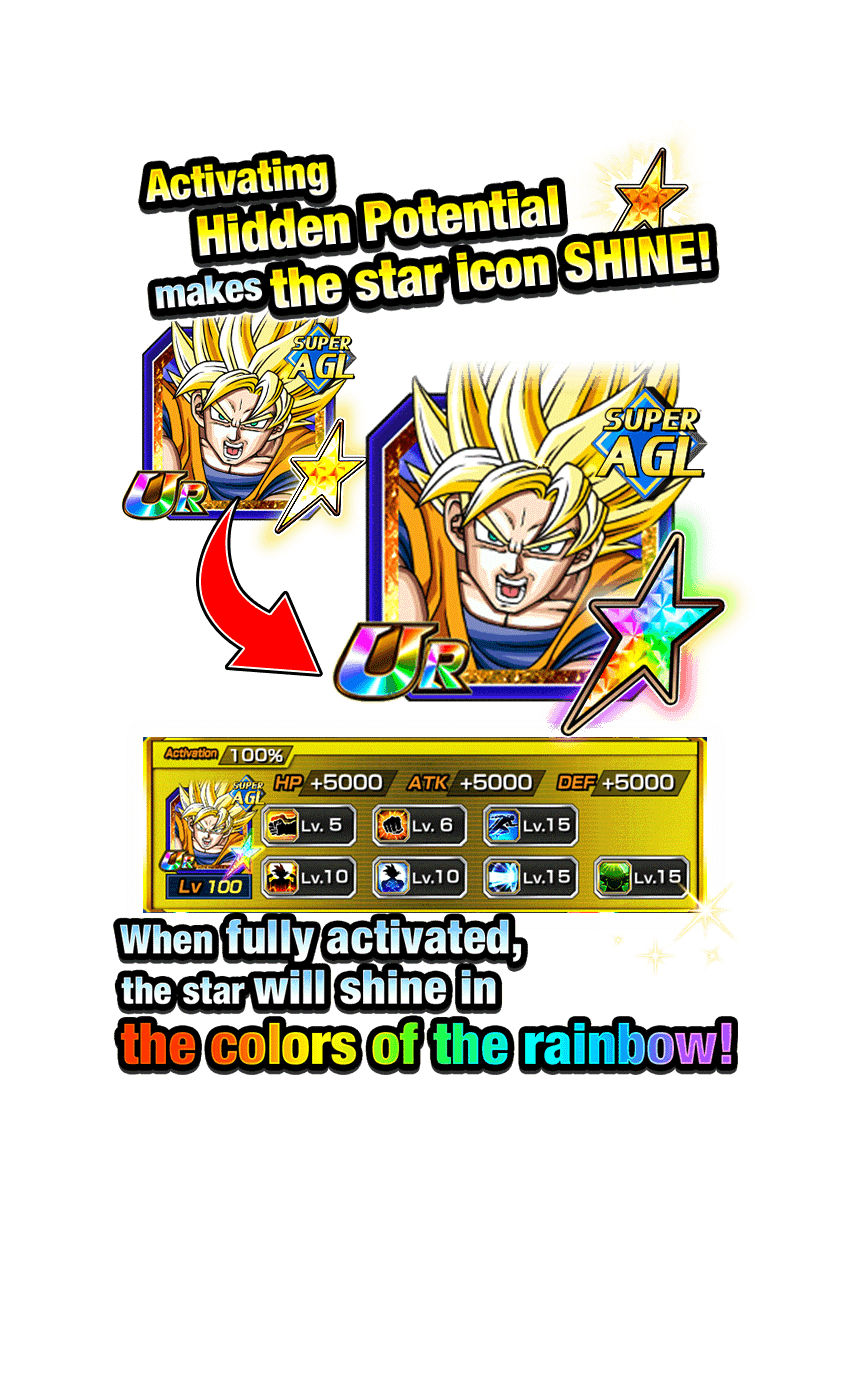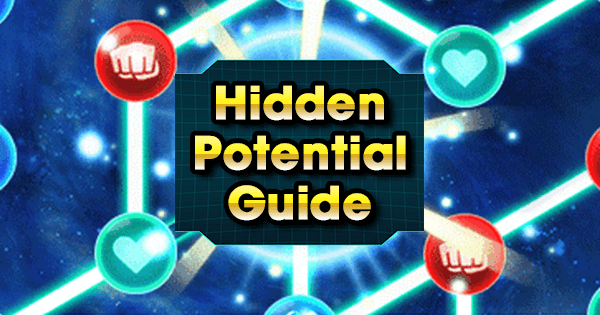Introduction
Hidden Potential is available after you:
-Reach Rank 50
-Completed Stage 2 of An Epic Showdown on Z-Hard
The Hidden Potential system is how you turn your good Cards into great Cards. Once a Card has Z-Awakened, Hidden Potential Orbs can be spent to increase their stats and give them Potential Skills. Hidden Potential Orbs come in three varieties; small, medium, and large (images of small medium and large Orbs).Unlocking nodes on the Hidden Potential paths will cost different amounts of these Orbs.
Where to Get Orbs
Cards (for the most part) use Orbs that correlate to their Type to open their Hidden Potential nodes (Red for STR, Blue for AGL, etc.). You can obtain these general use Orbs through a variety of methods (World Tournament, Missions, etc.), but the most consistent method is through the daily events for the Orbs. The type of Orb available depends on the day of the week. Most of the time, there is one typing available on any weekday, but sometimes (such as during certain celebrations) that they will all be available on weekends, or even all available throughout the entire week. These Hidden Potential stages are available for one playthrough a day.

You’ll be put onto a map with three bosses to fight, and Orbs to pick up on the map spaces along the way. The first boss (on the left), gives you small and medium Orbs, and is the best way to obtain lots of small Orbs. the second boss (in the middle) drops medium and large Orbs, and is the best for medium Orbs, and the third boss (on the right) gives small and large Orbs, and is the best way to earn large Orbs. The Orb drops on the map are random. Some F2P Cards like SSR Quickening Superpower - Goku Jr. S.INT have Orbs that are specific to them. You can obtain these from an event specific to their Card, and these events can be run as many times as your stamina allows.
Navigating the Potential Orbs
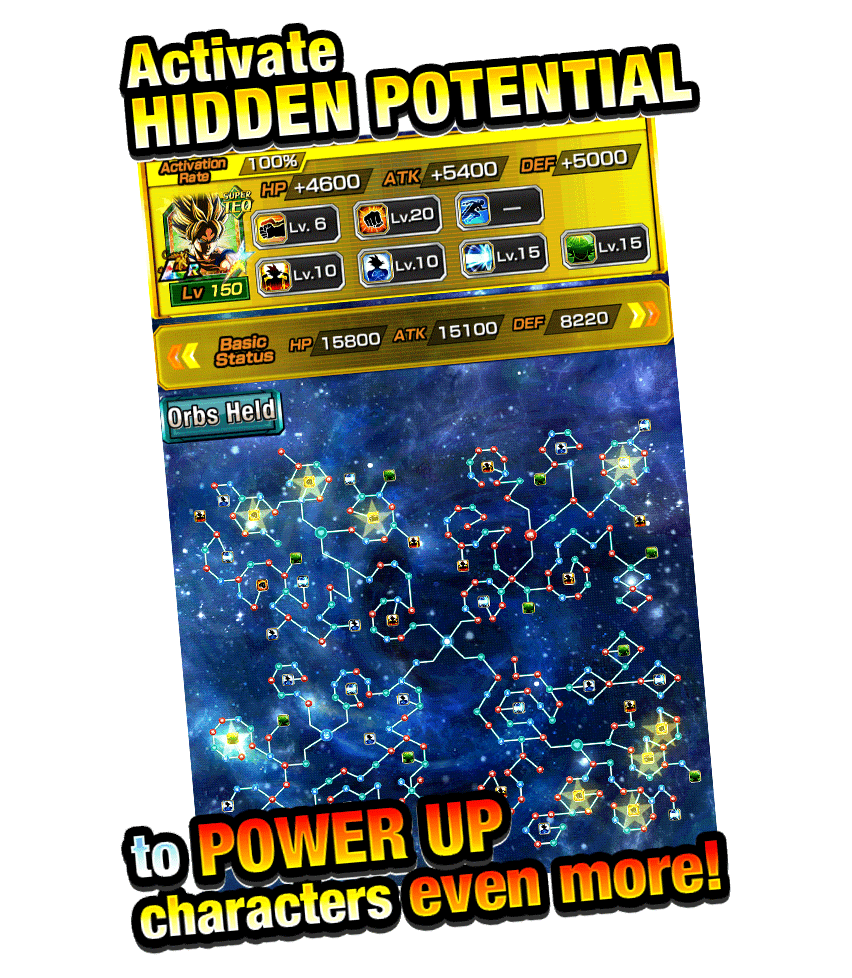
There are four paths available to spend Orbs on, and two types of Potential Nodes: basic stat nodes and Skill nodes. There are three basic stat nodes; HP, ATK, and DEF.


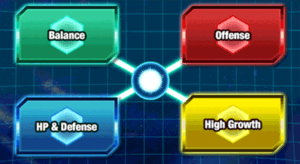
Hidden Potential Skills
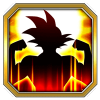 |
||
 |
||
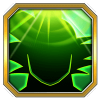 |
||
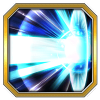 |
The final three skills activate based on RNG. The higher the Skill level, the higher the probability of these skills activating.
 |
||
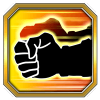 |
||
 |
||
 |
Choosing your Skills
Forgetting Skills
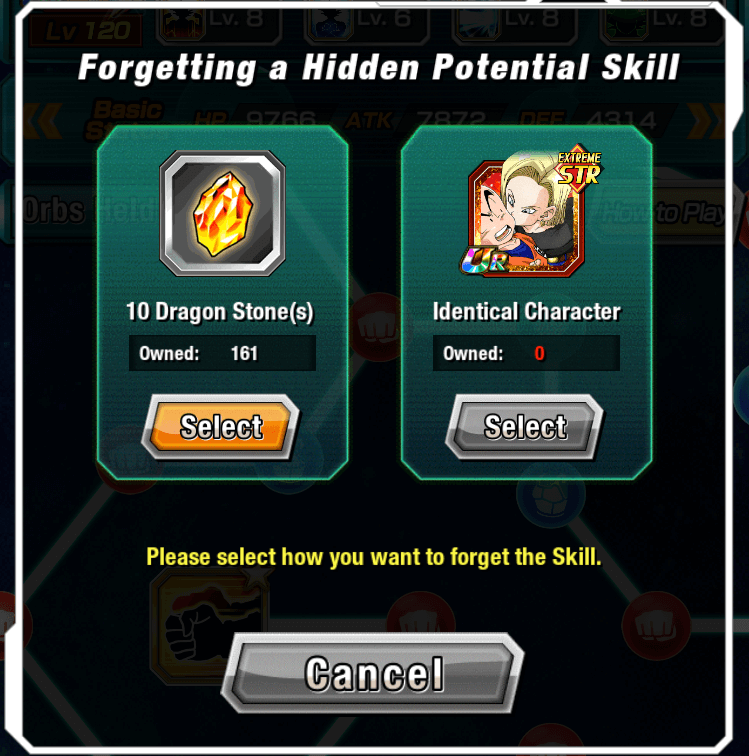
Reverse/Reverse Dokkan Awakening
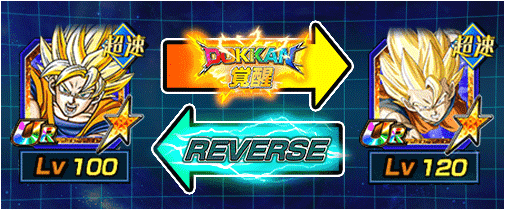
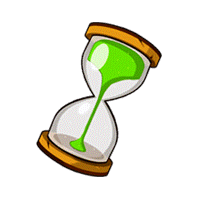
Rainbowed Cards
